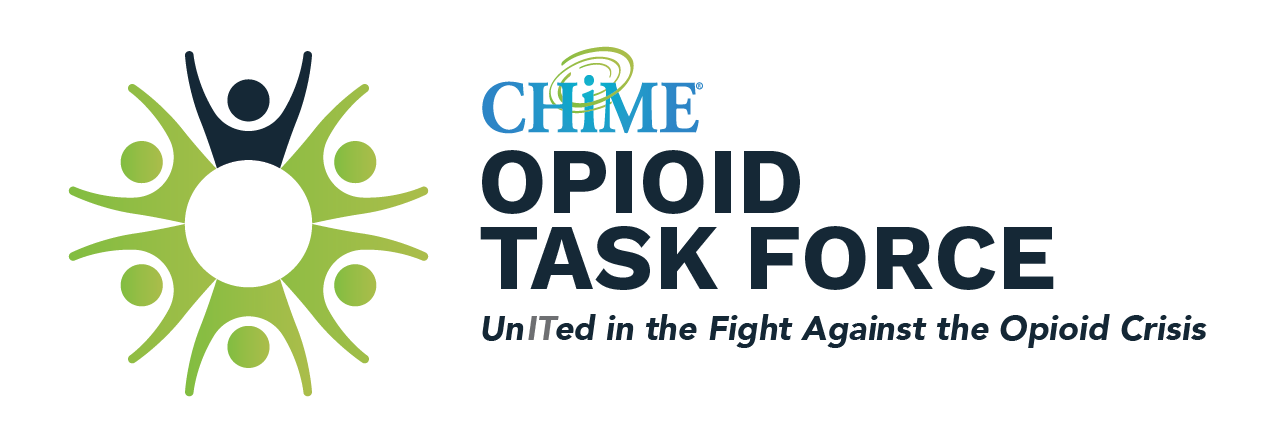Improve Access
Health systems should require as part of their credentialing/onboarding processof at least prescribers and pharmacist’s proof that individual registration with the state’s PDMP has occurred.
Health systems should always budget for and obtain as many access points to remove barriers as possible.
- As a base, everyone who can get access should have access to the state’s website.
- As a next step, if possible with current technology and in the state in which the facility resides, every prescriber should be able to call forth a report before (in-application) or during (in-workflow) the prescribing process.
- As an additional/optional step, if applicable, the facility should work with their technology vendors to allow any and all roles allowable by the state as on-boarded for web access in step A1 to use in-application access.
- This will involve both the data courier/connecting entity/state as well as the EHR vendor as additional data will need to be stored in the EHR for this to work properly.
- Partnerships can and should be formed between faculties, states and technology vendors to make the overall process more streamlined and functional overall.
Improve Consistency of Use and Application
- Health systems should evaluate the quality and satisfaction of the providers utilizing the system.
- Health systems should work with their technology vendors to get statistics on how often the data is being accessed (if possible and legal in the state).
- Health systems should (if possible) monitor the prescribing of controlled substances (especially opioids) vs. the access of the PDMP functionality.
- This will prove difficult given current technology standards but should be possible and worked toward.
- Unless dictated by law, “I did it” type recording of usage should be avoided at all costs.
- Health systems should provide any and all feedback about integrated functionality requests to both vendors and states to help improve the programs.
- Health systems should stress a culture of care over compliance.
- Health systems should monitor for and evaluate at regular intervals instances where a PDMP report resulted in a good catch as well as times where the data was misinterpreted and resulted in under-prescribing or no prescribing when some should have happened.
Measurement and quality improvement
- Usage by prescribers
- Compliance by prescribers
- Usage by non-prescribers
- Advances or requests for better usage
- Data gaps (to be reported to vendors and states)
- Stopped scripts
- EPCS systems should measure the number of times a report was viewed and then the script was cancelled. Something like this could be done in a vendor-agnostic way as well.
- These could/would/should be clinically reviewed (almost like Tumor board) to see if there are any cases where things should or should not have happened. This will help with the applicability of use
Integration with Other Opioid Stewardship and SUD Initiatives
Improving access over all types and focusing on in-application data streams when and where available will greatly help with any such initiatives when allowable by state law. Making PDMP an integral part (again if legal in the state) of any SUD or stewardship program as part of an interdisciplinary approach would be ideal.
